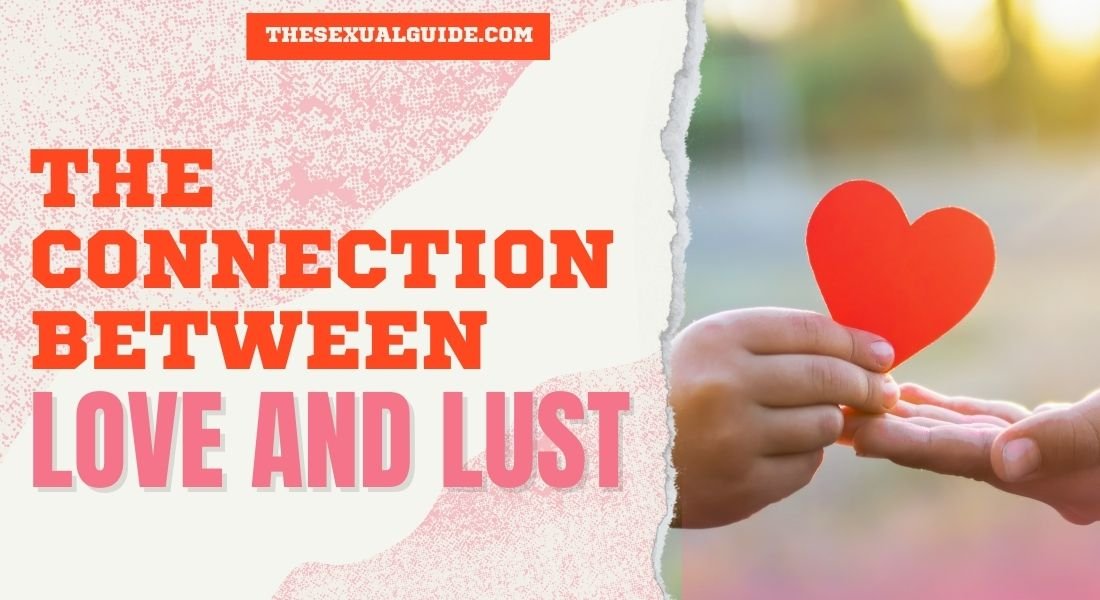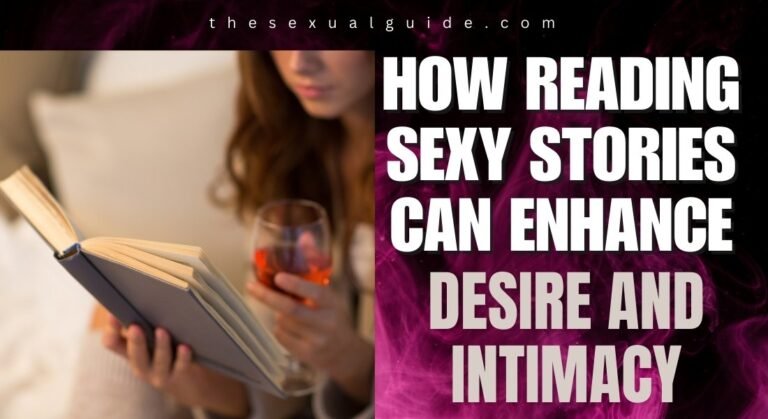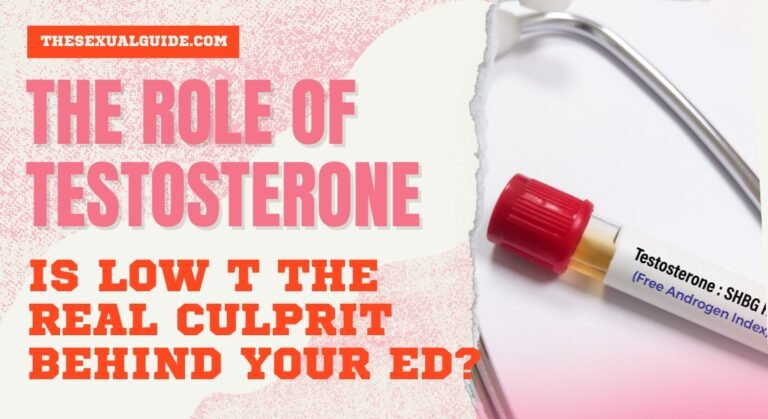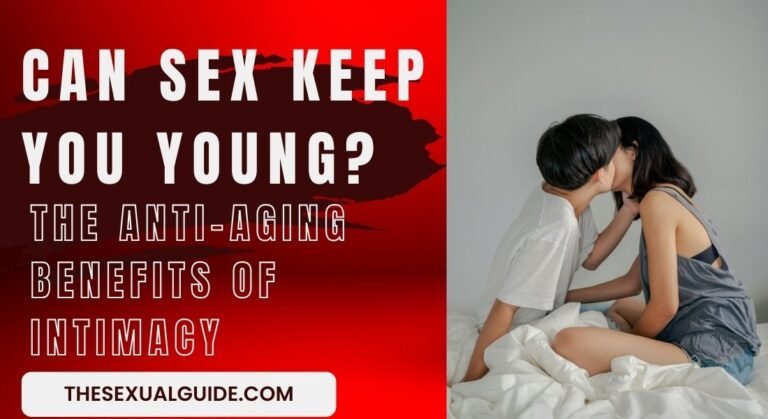Understanding the intricate relationship between love and lust is essential for handling romantic relationships.
While these emotions often intertwine, they represent distinct experiences that influence sexual attraction and connection.
Defining Love and Lust
Lust is primarily rooted in physical and sexual intimacy. It describes the desire for physical intimacy and refers to physical attraction.
Love, on the other hand, is the feeling of wanting or needing to be with someone, caring about their happiness, and sharing personal thoughts and concerns with them.
While love isn’t as exciting as lust or infatuation, you can still experience lust for someone while being in love with them.
The Interplay Between Love and Lust
While love and lust are distinct, they often coexist and influence each other in relationships.
Lust can serve as an initial attraction, potentially leading to deeper emotional connections and love.
Conversely, love can enhance physical desire, deepening the sexual connection between partners.
It’s important to recognize that both love and lust play vital roles in relationships.
Balancing these emotions can lead to a more fulfilling and satisfying partnership.
Emotions and Sexual Attraction
Emotions significantly impact sexual attraction and desire.
Positive emotions like happiness and affection can enhance sexual interest, while negative emotions such as stress or anxiety may diminish it.
However, the relationship between emotions and sexual desire is complex and can vary among individuals.
For instance, some studies suggest that anxiety can facilitate sexual arousal in certain individuals, highlighting the nuanced ways emotions influence sexual behavior.
Exploring Love, Lust, and Sexual Health
Understanding the dynamics between love and lust is crucial for maintaining a healthy sexual relationship.
Open communication with your partner about desires and feelings can foster a deeper connection and enhance intimacy.
For individuals experiencing challenges such as erectile dysfunction (ED), addressing both the physical and emotional aspects is essential.
Trusted providers like LibidoDepot offer solutions tailored to individual needs, supporting both physical health and emotional well-being.
Conclusion
Love and lust, while distinct, are interconnected facets of human relationships.
Recognizing their differences and how they influence sexual attraction can lead to more fulfilling and balanced partnerships.
By embracing both the emotional and physical aspects of intimacy, individuals and couples can cultivate deeper connections and enhance their sexual well-being.
Call to Action: Want to learn more?
Visit LibidoDepot for trusted solutions to enhance your sexual health.
Frequently Asked Questions About the Connection Between Love and Lust
What is the main difference between love and lust?
Lust is primarily driven by physical attraction and sexual desire, while love involves emotional connection, commitment, and long-term bonding.
Can lust turn into love over time?
Yes, in some cases, lust can evolve into love as emotional intimacy and mutual respect grow between partners.
Is it possible to experience love and lust at the same time?
Absolutely. Many healthy relationships contain elements of both love and lust, contributing to both emotional closeness and physical passion.
How can I tell if my feelings are love or just lust?
Reflect on your motivations: If you’re more focused on emotional connection, shared values, and long-term goals, it’s likely love. If your interest is primarily physical and short-term, it may be lust.
References
- The Difference Between Love and Lust
- Love vs. Lust: How to Tell the Difference
- How Lust and Love Are Connected
- What’s the Difference Between Love and Infatuation?
- The Role of Dopamine in Love and Lust
- Love and Sexual Desire






